Web3 Tools That Actually Make Sense: A Beginner’s Guide for Everyday Users
January 11, 2025

Web3 Tools for Beginners: A Simple Guide to Getting Started
If you’ve heard the term Web3 tools and immediately pictured crypto charts, confusing jargon, or something that sounds like it belongs in a developer’s basement—you’re not alone. But good news: Web3 is starting to make more sense for regular people, and you don’t need to be a tech genius to get involved.
This guide walks you through some of the most beginner-friendly Web3 tools out there—what they do, why they matter, and how to try them without breaking a sweat.
Step 1: Start With a Web3 tools like Wallet—Your Key to Web3
Think of a Web3 wallet as your passport. It helps you log in to decentralized apps (dApps), send or receive digital assets, vote in online communities, and more.
Good starter wallets:
- MetaMask – Easy to set up, works in your browser
- Rabby – A newer wallet that shows you what’s happening before you approve a transaction
- Argent – Great for beginners; no need to memorize a seed phrase
Quick Tip: If the idea of writing down a “secret phrase” freaks you out, look into Argent or other “smart wallets” that let you recover access more easily.
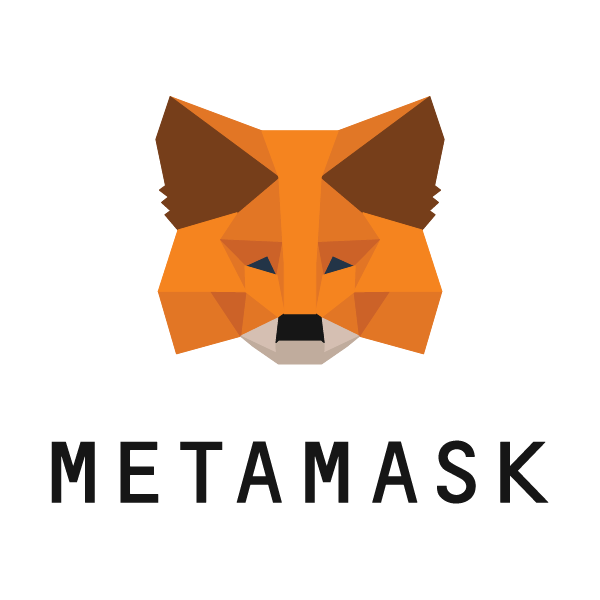
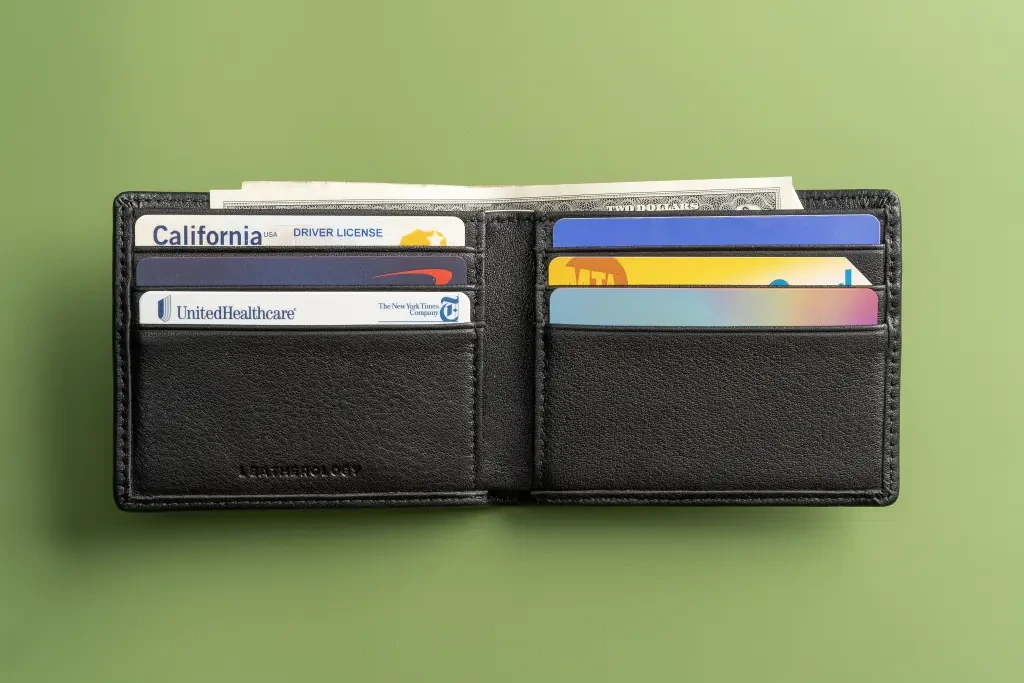
Step 2: Use a Web3 tools Browser That’s Web3-Ready
You don’t need to install anything complicated. Some browsers already have Web3 built in!
Recommended for beginners:
- Brave Browser – Blocks ads and trackers, rewards you with BAT tokens (optional), and has a built-in crypto wallet
- Phantom Extension – Popular for those interested in the Solana ecosystem
- Lens Extension – For exploring decentralized social media
Beginner Bonus: Brave feels like a regular browser, but with more privacy and the ability to earn small tokens just by browsing.
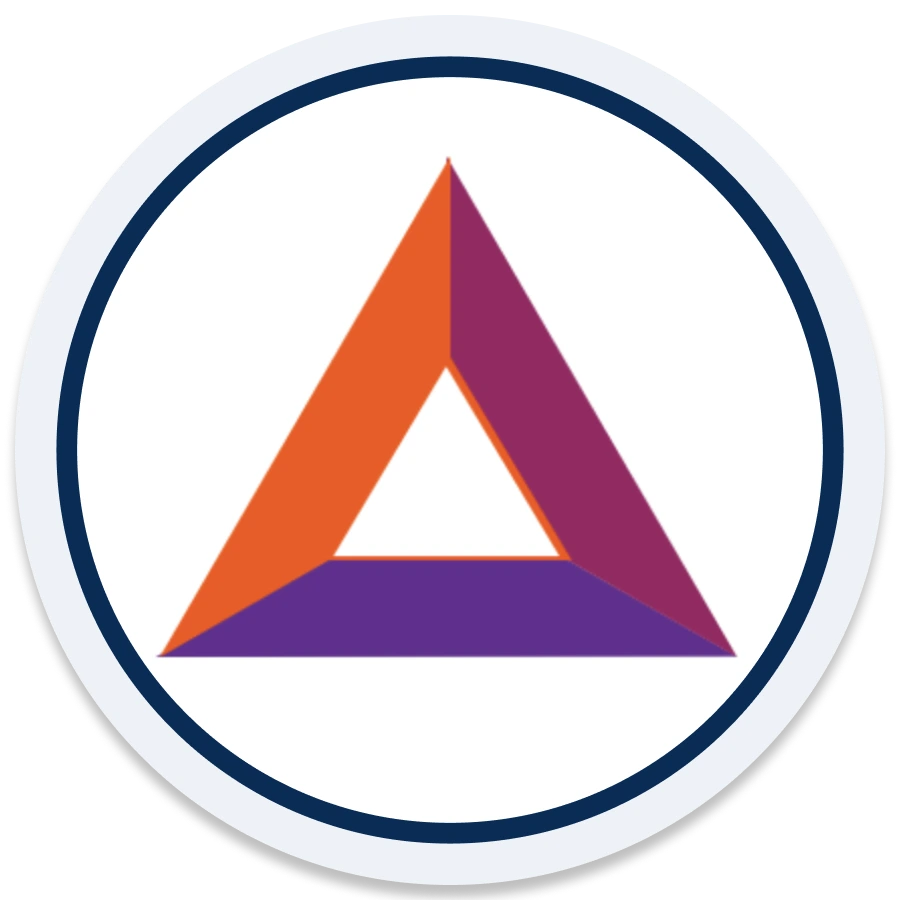
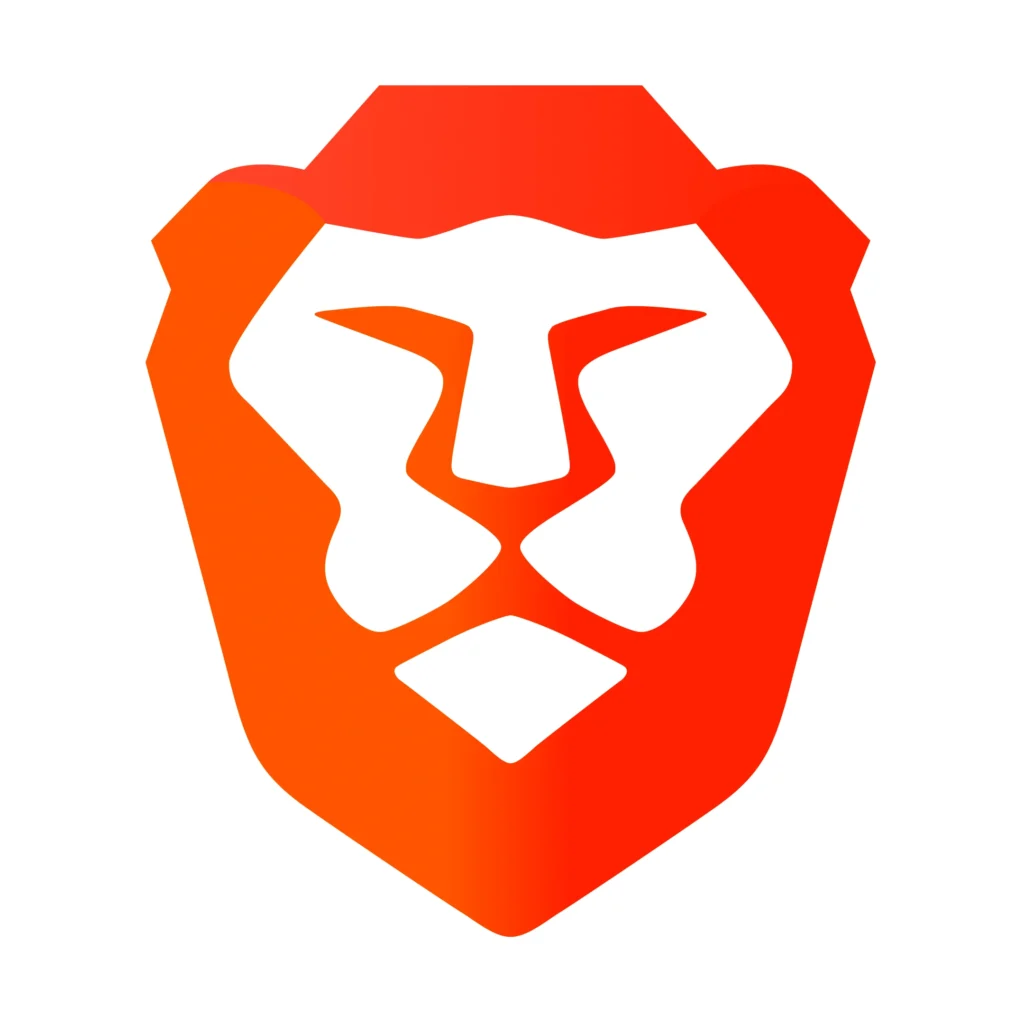
Step 3: Try Decentralized Social Media (If You’re Curious)
Social media is slowly being reimagined in Web3. You still post, follow, and comment—but you own your content and followers, not a giant company.
Easy-to-explore platforms:
- Farcaster – Twitter-like, with a growing and thoughtful community
- Lens Protocol – Focused on creators and ownership
- Bluesky – Not fully Web3, but heading in a similar direction
Reality Check: These platforms are smaller and sometimes invite-only. But if you’re tired of traditional algorithms, it’s worth exploring.
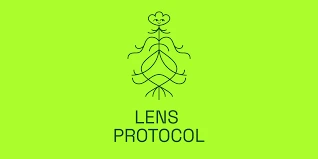
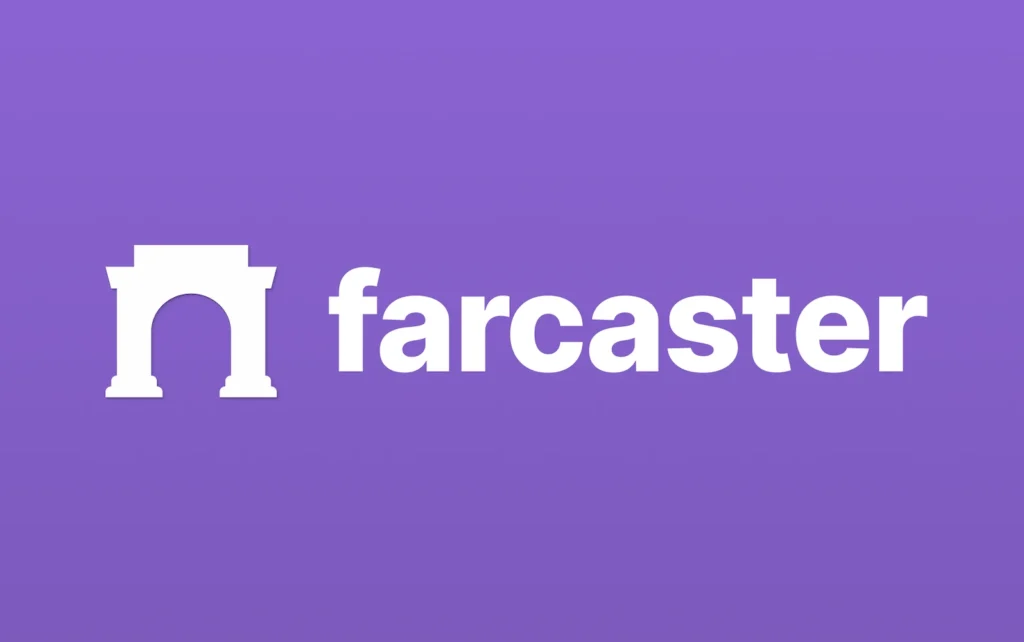
Step 4: Explore NFTs Without the Hype
NFTs aren’t just overpriced images. They can represent event tickets, memberships, digital collectibles—even access to exclusive communities.
Beginner-friendly platforms:
- Zora – Great for discovering and creating NFTs
- Manifold – Tools for creators to mint NFTs without needing code
- Highlight – Good for event-based or community-driven NFTs
Beginner Insight: You don’t need to be an “artist” or techie. These platforms do the heavy lifting—you just bring your ideas.
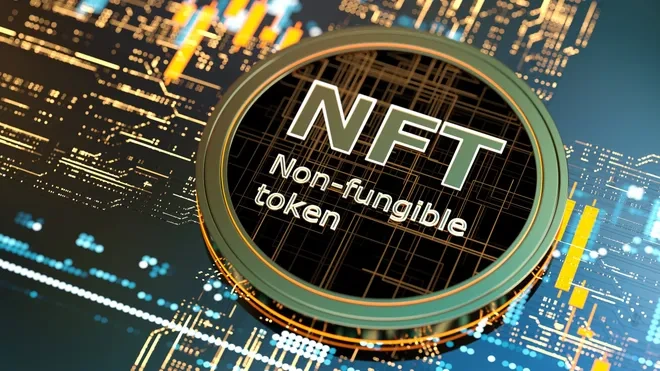
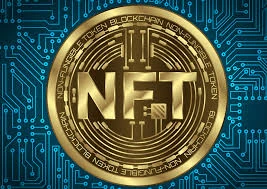
Step 5: Know the Bumps in the Road
Let’s be honest—Web3 isn’t perfect yet. You may run into:
- Confusing fees (called “gas”)
- Buggy interfaces
- Slow or clunky onboarding
But the tools are getting easier. More guides are available. Some even have TikTok walkthroughs. You’re no longer on your own.
Final Thoughts: Web3 Doesn’t Have to Be Complicated
You don’t need to dive headfirst into DeFi or mint NFTs tomorrow. Start with just one tool—a browser, a wallet, or a social platform. See how it feels.
The biggest shift? Web3 is becoming less about “investing” and more about owning your slice of the internet.
So if you’re curious, take the first step. You might be surprised by how approachable Web3 is becoming.
Relevant Link : Here

